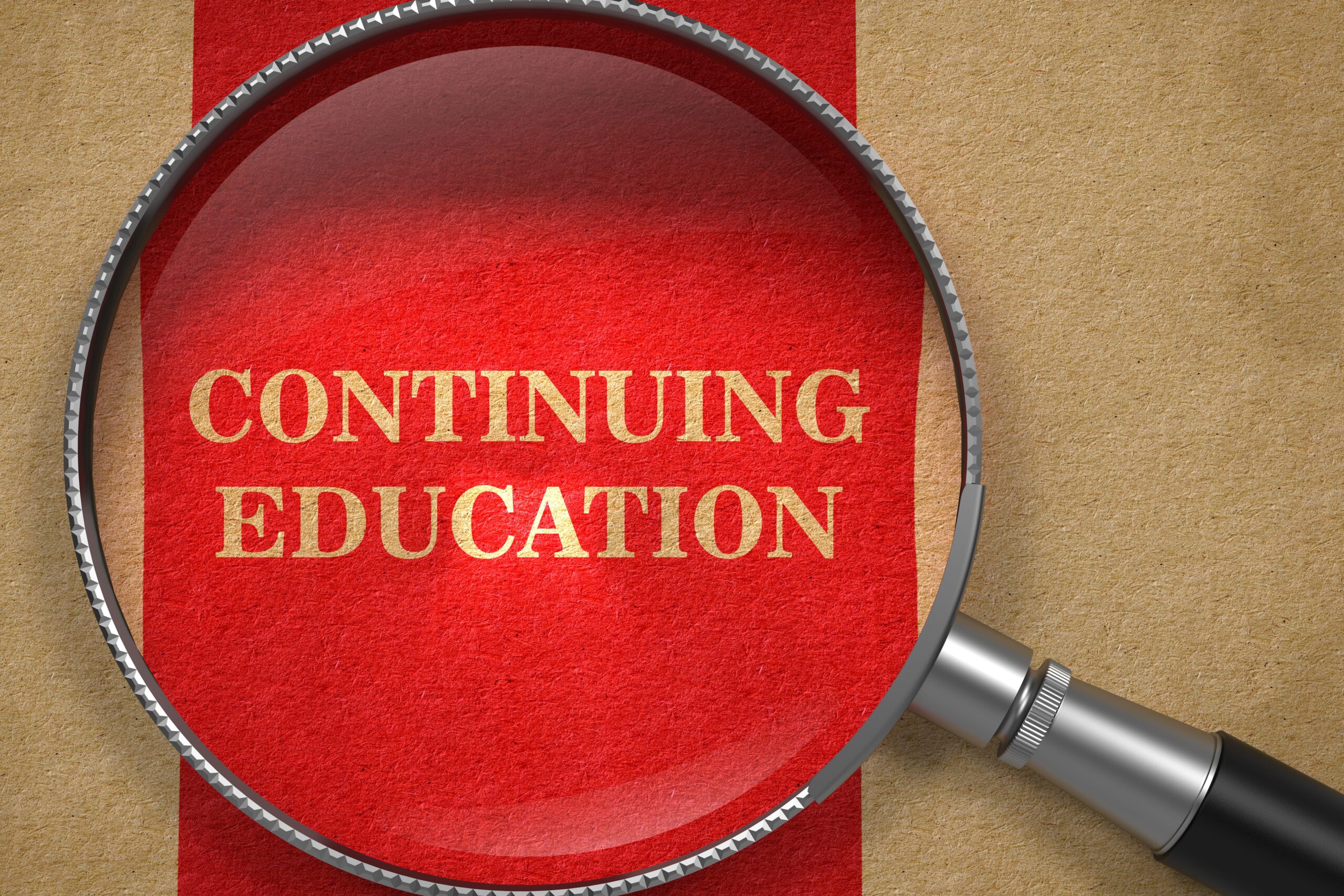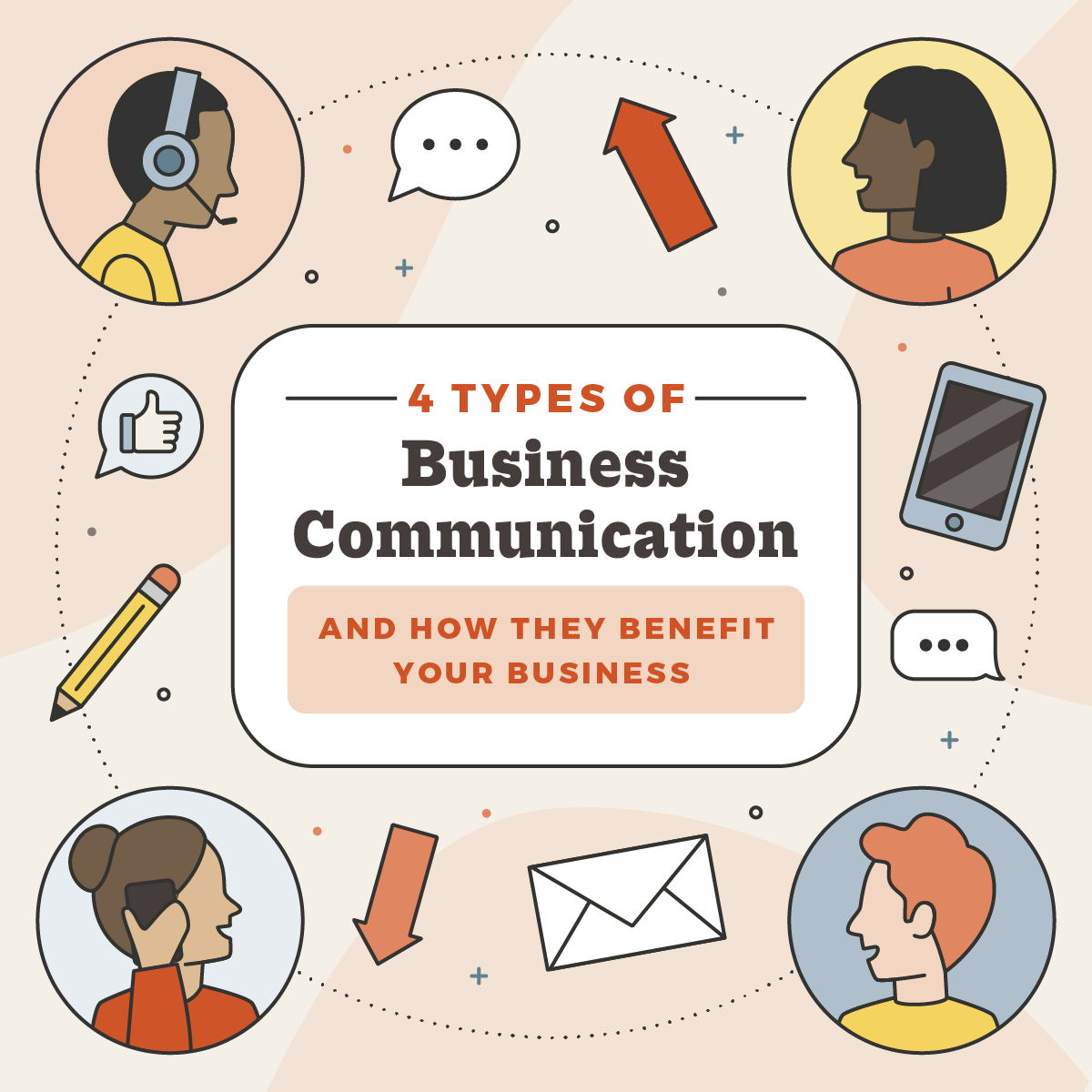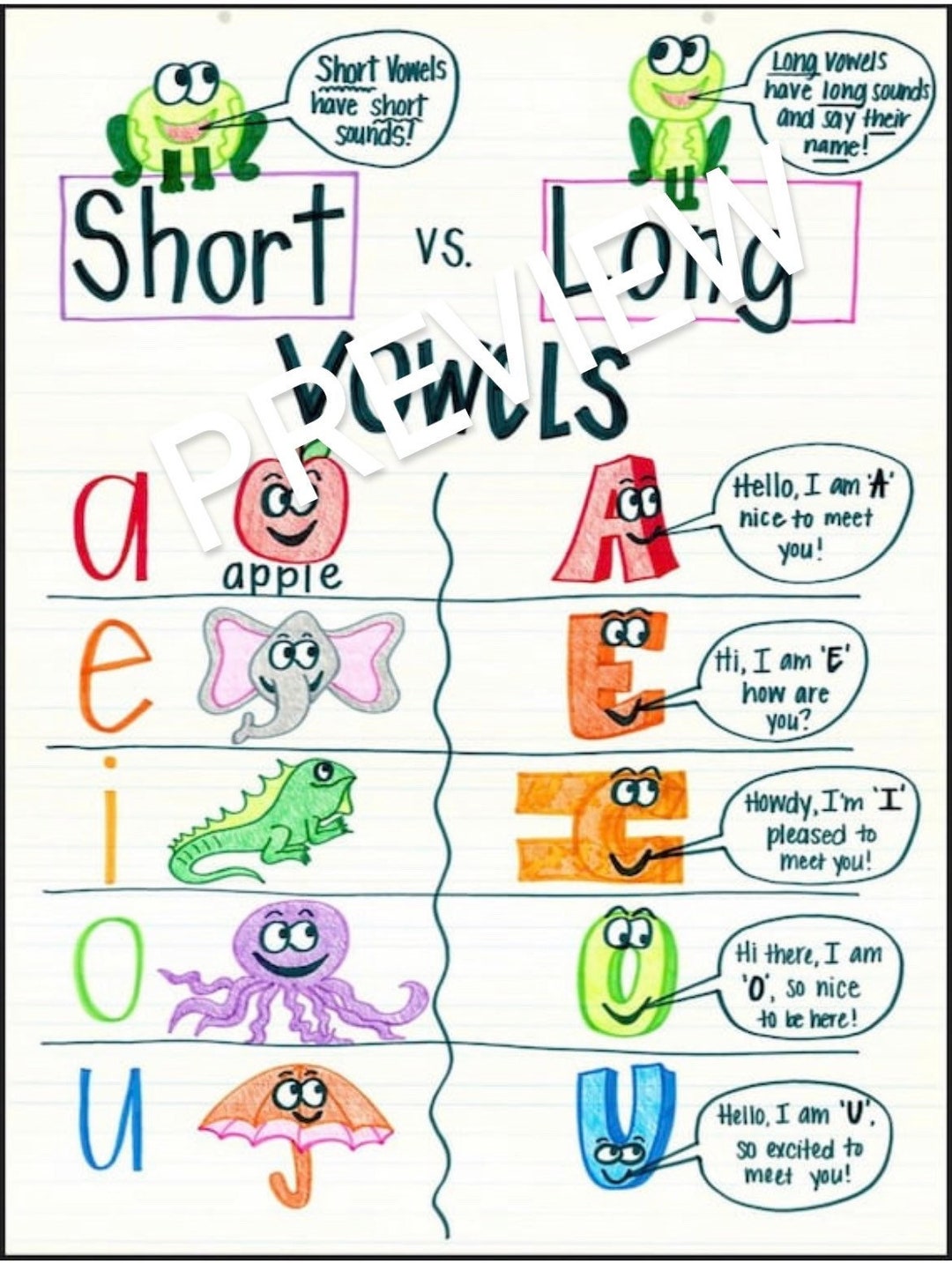Understanding Stakeholders in Education: Roles, Impact, and Engagement
Introduction: The Critical Role of Stakeholders in Education
Stakeholders in education are individuals, groups, or organizations with a vested interest in the performance and outcomes of the educational process. They include everyone who is directly or indirectly impacted by, participates in, or influences the educational system-from students and teachers to policy-makers and local communities. Understanding who these stakeholders are, their unique roles, and how to effectively engage them is essential for achieving positive educational outcomes. This article explores the concept of stakeholders in education, provides practical examples, and offers actionable guidance for fostering collaborative, productive relationships among all parties involved.

Source: corporatefinanceinstitute.com
Who Are the Stakeholders in Education?
Stakeholders in education encompass a wide spectrum of participants, each with distinct interests and influences. They are generally categorized as internal and external stakeholders [2] :
Internal Stakeholders
Internal stakeholders are those who are directly involved in the day-to-day operations and outcomes of the educational institution. Key examples include:
- Students: Central to the educational process, students are directly affected by the quality of teaching, curriculum, and school environment. Their feedback and participation can influence school policies and instructional methods [1] .
- Parents and Families: Parents play a critical role in supporting the learning and development of students. They often participate in school governance, provide feedback, and collaborate with educators to improve learning outcomes [1] .
- Teachers: Teachers directly implement educational programs and shape the learning environment. They are essential for curriculum delivery and student assessment, and they often work in partnership with parents and administrators [1] .
- School Administrators and Staff: Principals, counselors, and support personnel manage school operations, develop policies, and ensure a safe and productive learning environment [5] .
External Stakeholders
External stakeholders influence education from outside the immediate school community. They include:

Source: modernservantleader.com
- Government Officials and Policy-Makers: Local, state, and federal agencies set educational standards, allocate funding, and shape policy decisions that affect schools [5] .
- Local Businesses and Community Organizations: Businesses may provide resources, internships, or support school programs, while community groups often collaborate on initiatives to enhance student learning and well-being [4] .
- Advocacy Groups and Unions: Organizations representing teachers, parents, or specific causes can influence educational policies, funding priorities, and reform efforts [5] .
- Media Outlets: Local and national media shape public perceptions of schools, highlight issues, and may influence policy decisions through coverage and commentary [5] .
Why Are Stakeholders Important in Education?
Each stakeholder group brings unique perspectives and resources to the educational process. When these groups work collaboratively, schools are better equipped to deliver high-quality education and foster student development [2] . Benefits of effective stakeholder engagement include:
- Improved student achievement and well-being through coordinated support.
- More responsive and relevant curriculum development based on diverse input.
- Greater transparency and accountability in school operations and decision-making.
- Enhanced community trust and investment in local schools.
Real-World Examples of Stakeholder Collaboration
Effective collaboration among stakeholders can take many forms. For example:
- Parent-Teacher Associations (PTAs): These groups create a platform for parents and educators to discuss concerns, plan events, and develop school improvement strategies together [4] .
- School Advisory Councils: Composed of students, teachers, and administrators, these councils provide input on school policies and help address challenges collaboratively [4] .
- Community Partnerships: Local businesses and organizations may offer internships, sponsor school activities, or provide resources that enrich the educational experience [1] .
How to Engage Stakeholders Effectively
Engaging stakeholders requires deliberate strategies and open communication. Here are step-by-step recommendations for fostering meaningful involvement:
- Identify All Relevant Stakeholders: Consider every group and individual who has an interest in the educational process, whether internal or external.
- Establish Clear Communication Channels: Use regular meetings, newsletters, and digital platforms to keep stakeholders informed and involved.
- Encourage Participation in Decision-Making: Invite stakeholders to contribute to policy discussions, curriculum planning, or school improvement initiatives.
- Provide Opportunities for Feedback: Use surveys, focus groups, or open forums to gather diverse perspectives and address concerns.
- Recognize and Address Barriers: Be proactive in identifying potential obstacles-such as language differences, time constraints, or lack of awareness-and seek solutions, such as translation services or flexible meeting times.
- Celebrate Successes and Progress: Publicly acknowledge the contributions of stakeholders and highlight positive outcomes of collaboration.
Challenges in Stakeholder Engagement and Solutions
While collaboration is vital, it is not without challenges. Common issues include conflicting priorities, communication barriers, and limited resources. Solutions may involve:
- Developing Shared Goals: Facilitate discussions to identify common objectives and align stakeholder interests.
- Providing Training and Support: Offer workshops or informational resources to help stakeholders understand their roles and the impact of their involvement.
- Building Trust Through Transparency: Share information openly and invite honest feedback to build credibility and foster long-term partnerships.
Alternative Approaches to Stakeholder Involvement
Not all engagement strategies work equally well for every school or community. Alternative approaches include:
- Virtual Engagement: Use online platforms for meetings and consultations, making participation more accessible for those with scheduling or mobility challenges.
- Student-Led Initiatives: Empower students to take leadership roles in school governance, event planning, or peer mentoring programs.
- Community Forums: Host public events to discuss educational issues and invite input from a broad cross-section of the community.
How to Access Stakeholder Involvement Opportunities
If you are interested in becoming more involved as a stakeholder in your local school or district, consider the following steps:
- Contact your child’s school to learn about parent and community engagement opportunities, such as PTAs, advisory councils, or volunteer programs.
- Attend school board meetings, which are usually open to the public and offer a platform for community input on important issues.
- Reach out to local education advocacy organizations for information on upcoming initiatives and ways to participate.
- For educators and staff, engage in professional development and collaborative planning sessions offered by your school or district.
- If you represent a business or non-profit, connect with the school’s administration to explore partnership opportunities that support student learning and development.
For more information about specific programs and stakeholder engagement opportunities, you can contact your local school district office or visit the official website for your state’s Department of Education. Search for terms like “family engagement,” “school-community partnerships,” or “education stakeholder involvement” for additional resources. If you need further guidance, consider reaching out to national organizations such as the National Parent Teacher Association (PTA) or the U.S. Department of Education for up-to-date information on best practices and current initiatives.
Key Takeaways
Stakeholders in education are integral to fostering positive learning environments and achieving educational goals. By understanding the roles, challenges, and opportunities associated with stakeholder engagement, schools and communities can work together to create lasting, meaningful impact for students. Whether you are a parent, teacher, student, or community leader, your involvement can drive progress and improve educational outcomes for all.
References
- [1] Helpful Professor (2025). 15 Top Stakeholders in Education.
- [2] Graduate Program Blog (2025). Who are Stakeholders in Education?
- [3] Indeed (2025). Who are stakeholders in education? (And their purpose)
- [4] Study.com. Stakeholders in Education | Overview, Types & Role.
- [5] The Glossary of Education Reform (2014). Stakeholder Definition.
MORE FROM yourscholarshiptoday.com













